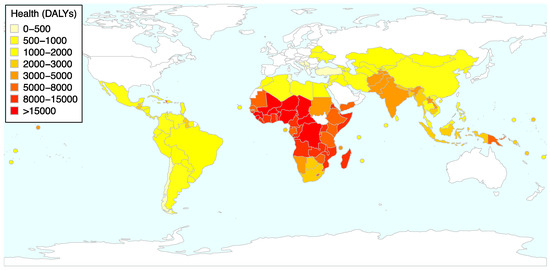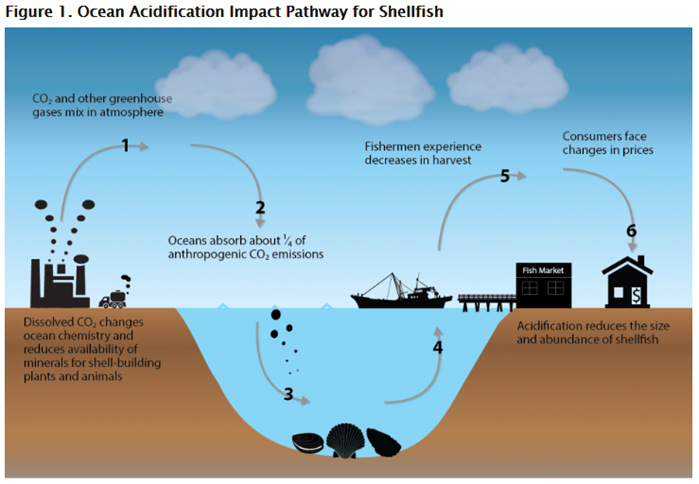While the mainstream media feeds us a daily slop of pablum about the foibles of the president and the clown car of Democrat presidential candidates, the problem that won’t go away with an impeachment or an election is, for the most part, ignored.
Very often, when you see a story about climate change/global warming, it is accompanied by a photo of a polar bear, an animal that most people have never even seen. By various estimates, the total world population of polar bears is between 20,000 and 30,000. This mammal has become the poster child of global warming, even though projections of their future are at this time, speculation. There is still insufficient evidence, no matter the huge sums spent on very expensive Arctic research, regarding the fate of these mammals.
Of the 19 sub-populations of polar bears, eight are considered vulnerable (not endangered). And yet, studies of the fate of humans in a warming world are primarily confined to academic journals. Estimates predict that polar bears may decline by 30 percent in the next four decades because of climate change. What percentage of humans will die in the same period if we don’t slow the climate train.
There is a reason we see no photos of people fleeing scorching heat in the predicted hell storm. And it’s not because some aren’t already dying, because they are, but not to the extent that they will be. And, well, it’s hard to look at a photo of a dying animal, let alone a dying child, so let’s just use a pretty white bear on a pristine piece of melting ice to represent the climate catastrophe that is bearing down upon us. This is the term used by The Guardian that has since been picked up by those who understand what we are facing.
We are living in the Anthropocene, a geologic epic, the term for which was accepted by the scientific community when Nobel Prize-winning Paul Crutzen proposed its use in 2000. It is the period within or following the Holocene, which began approximately 10,000 years ago, and the period which saw the expansion of the human race. Farming and other activities impacted climate even then, but with a population that is doubling every year, we are at a point where nothing but drastic change will make a difference in earth’s livability.
According to the Worldometer population clock we are nearing 8 billion people worldwide. Watch the real-time numbers spin, and you will see that births outnumber deaths by two to one. According to the United Nations, the population number will reach nearly 10 billion by 2050 and more than 11 billion by 2100.
In a March 5 article in the International Journal of Environmental Research and Public Health, Florian Weiler poses the question: Adaptation and Health: Are Countries with More Climate-Sensitive Health Sectors More Likely to Receive Adaptation Aid?
“This index, designed to capture sensitivity of health sectors to climatic changes, is based on health data in the years of analysis [2010-2015]. Thus, the assumption here is that when countries experience a higher degree of climatic stress (i.e., exposure), then the countries already highly suffering from the selected causes will be the most sensitive ones.”

There are so many dangers that come with climate change—the loss of animal and plant species, need for relocation, poverty, unhealthy environment, disappearing shorelines, etc. It is a lot to take in, almost unbelievable for some. There are basic needs that we all understand. If you think fighting the mobs in Walmart on Black Friday for an electronic gadget is scary, wait until we have to fight the rest of the world for food and drinking water as aquifers dry up and crops wither.
The United States is an exporter of food, particularly grains. We will not have that surplus to sell as our production is reduced by climate change. In searching for information about our predicted available food supply, I came upon a “snapshot” page of the Environmental Protection Agency (EPA). This note was added at the top:
“This is not the current EPA website. To navigate to the current EPA website, please go to www.epa.gov. This website is historical material reflecting the EPA website as it existed on January 19, 2017. This website is no longer updated and links to external websites and some internal pages that may not work.” Note that date.
Go to the current website and search on climate change and/or all of the attending issues. The most recent blog entry discussing climate change is dated March, 2016. There are newer articles celebrating National Pollinators Week, the Lautenberg Chemical Safety for the 21st Century Act, and honoring small businesses, for whatever reason. Mostly localized, government sponsored, or narrow in their topic. The site in general is dull and rather colorless compared to previous content and design. Subjects are broken down to the most basic individual components, and I do not sense urgency.
I wouldn’t go so far as to say the writers are deniers, but they sure had their marching orders. The old site, however, is a smack-in-the-face goldmine of information where you can read the fate of every part of this earth, from your own region in the U.S. to globally. The site states in plain, easy-to-understand language:
“Human basic needs, such as food, water, health, and shelter are affected by climate. Changes in climate may threaten these needs with increased temperatures, sea level rise, changes in precipitation, and more frequent or intense extreme events.
Climate change will affect individuals and groups differently. Certain groups of people are particularly sensitive to climate change impacts, such as the elderly, the infirm, children and pregnant women, native and tribal groups, and low-income populations. Climate change may also threaten key natural resources, affecting water and food security. Conflicts, mass migrations, health impacts, or environmental stresses in other parts of the world could raise economic, health, and national security issues for the United States.”
I don’t see anything about polar bears. Children, old people, native people, low-income people, these are the endangered species that should be shown on the ice floe. The most vulnerable populations live in Sub-Saharan Africa and South and Southeast Asia. In order to survive, they will have to relocate, but where will they go? Some of us may have the resources to rebuild our lives. Many of us will simply die.
This “snapshot” of an old report provides extensive information about the impact of climate change on crops, livestock and fisheries. Researchers call ocean acidification the “evil twin of global warming.”

You can see the impact on different sectors, including agriculture, coasts, ecosystems, energy, forests, society, transportation, water resources, and human health here.
In another snapshot, you can read about the impact of climate change in your state, region, or globally. Another government report provides an even more thorough examination of each of these issues.
Every time I write a piece like this, I become depressed. Not because of the future challenges I do know are coming, but because of the people who refuse to accept their inevitability and do not exhibit the political will to fight the larger fight. Little will change because we recycle or reuse. It will only change when governments and industries redesign our systems and policies. And we had better think very carefully about who we want in charge as the doomsday clock ticks down.
Follow protest groups like the now-global Extinction Rebellion and read books by the real experts like Elizabeth Kolbert’s Pulitzer Prize-winning The Sixth Extinction: An Unnatural History, because, unless there is a groundswell, that’s where we are headed.








